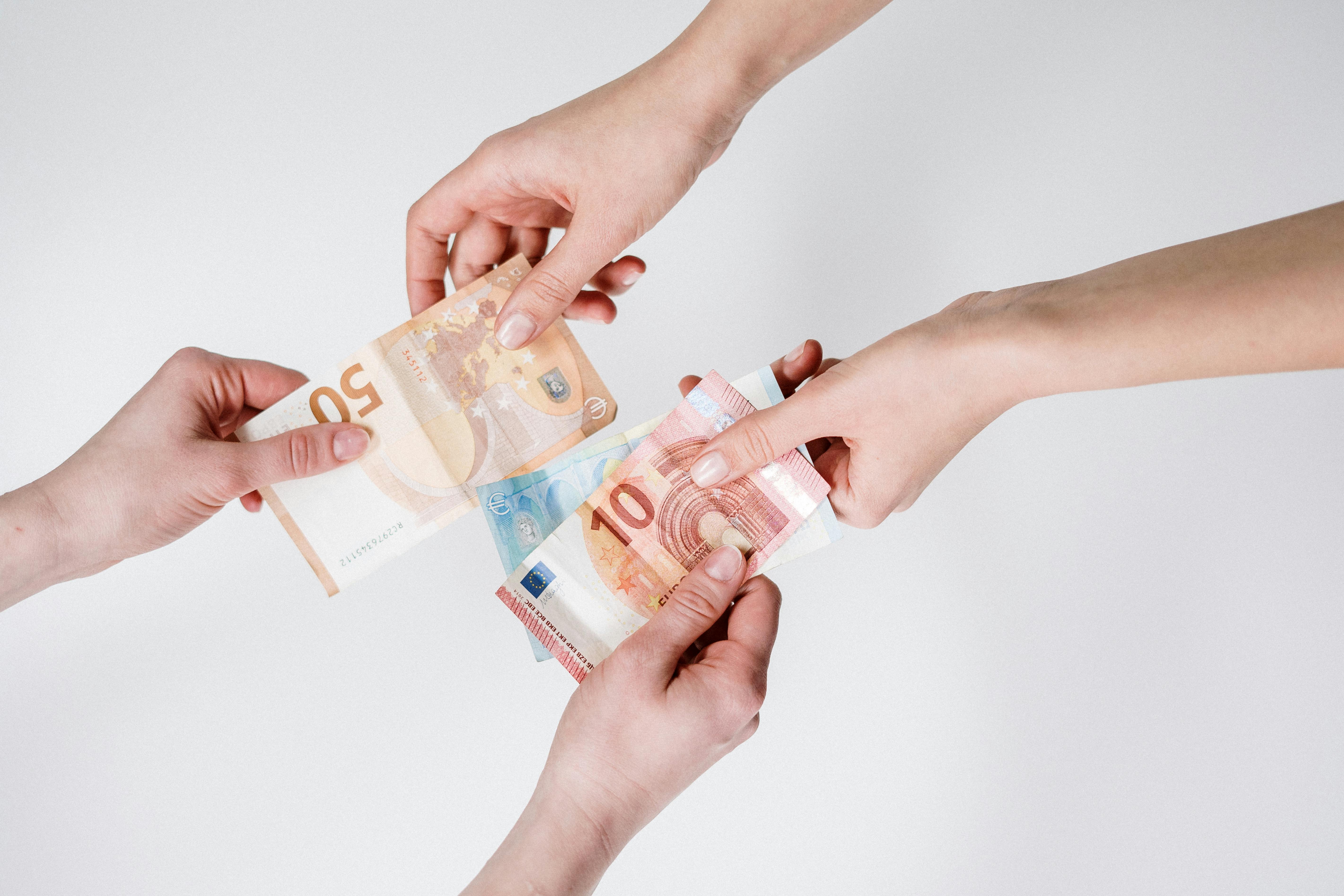
Why financial services is becoming more like a supermarket
 Leigh Caldwell
Leigh Caldwell
Some finance brands have had it easy for a long time. Of course, not everything is simple; they have the FCA, the media and the money markets to deal with. But customer relationships haven’t been the biggest challenge for certain businesses.
In the old days, Mr or Mrs Smith set up a current account, deposited their salary each month and that was it for life. If they wanted savings, a mortgage or a credit card, they probably came back to the same branch of the same bank. As long as nobody did anything to change it, loyalty was automatic.
In other categories, marketers had to work harder. Each time you go to the supermarket, you get to decide which shop to visit. If your last trip didn’t feel like a good deal, maybe you pick a different chain today. Supermarkets have to earn every single visit – whereas with a bank, things have to be really bad before you set up a new account at a different institution, move your money and all your payments.
More and more, finance is like the supermarket. Many people have multiple bank accounts. Most of us have multiple credit and debit cards, and we now have Apple and Google Pay as an extra route into them. Multiple investment platforms are common. Some of us even have multiple mortgages. Consumers are empowered to choose on a daily basis which financial firms they interact with.
To maintain your share of the trillions of pounds going through all these channels, you need to be thinking more like a supermarket, or an airline, and less like a bank.
So what do supermarkets and airlines do to get people to keep buying and flying? They reward them. Sophisticated loyalty and reward schemes have become essential in these categories to maintaining repeat business and capturing savvy (but profitable) customers.
There are two main types of loyalty scheme you can consider: voucher schemes and status schemes. Voucher schemes are based on the supermarket model, while status schemes are inspired by airlines.
Tesco’s Clubcard led the way for modern voucher programs (although earlier programs such as Green Shield were widespread from the late 19th century). Clubcard’s initial benefit was to offer customers discount vouchers based on how much they spent. It evolved into a valuable source of transaction data and has now been spun off into its own business, dunnhumby. Sainsbury’s Nectar followed, and most retailers now have some kind of loyalty program. They have gradually become more sophisticated, and Tesco again broke new ground recently with its Clubcard Pricing – big discounts only available to members. These appeal to shoppers without the patience to save up pennies on each transaction over several weeks for a £1.50 voucher, who responded instead to the immediate gratification of a £5 discount on a bottle of whisky.
In airlines, Texas International instituted the first mileage based loyalty scheme in 1979, but it was American Airlines who made the idea of status levels work. British Airways adopted Air Miles in the 1980s and again developed multiple tiers – today you can be a Blue, Bronze, Silver or Gold member (with the near-mythical Gold Guest List status available to the most fervent flyers).
What features should financial services firms build into their loyalty programs
Behavioural economics tells us there are seven distinct factors that make a loyalty program successful. The financial value of the rewards offered is just one of these: the other six are all about the psychology of how the program is designed and implemented. Click here if you’re interested in our report discussing all seven factors, how they work and the formula that brings them together.
Your category and margins will determine whether you can offer significant financial value in your rewards program. The tiny margins on debit card payment processing forbid significant rewards, while an investment platform or savings account could offer more.
A status program is more likely to be affordable, if nothing else because many of the rewards can be made intangible and symbolic. The idea of status tiers goes well with many financial services.
The design of the other six factors also depends on the specific financial services you provide. But three features are likely to be particularly of interest for finance firms:
- Unpredictable rewards & gamification
- Immediate acknowledgement
- Status and goals
Download the full report to learn more about how these features work and why they are effective in financial services.
Our recommendation is: create a membership program with these features, and use it to reinforce your customer’s choice every time they pay, invest or borrow with you. Conduct research with your customers to learn the specific rewards that would be most motivating for them, and how these should be packaged. Irrational Agency has worked with Amex, Co-op, Nando’s and Costa to learn the deep unconscious drivers of reward and motivation that can be tapped into by the best loyalty schemes. We’d be happy to talk to you about how we did it – please get in touch at leigh@irrationalagency.com to book in a chat.
